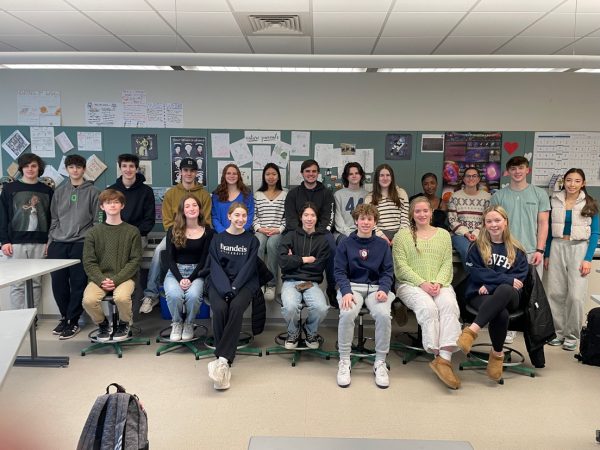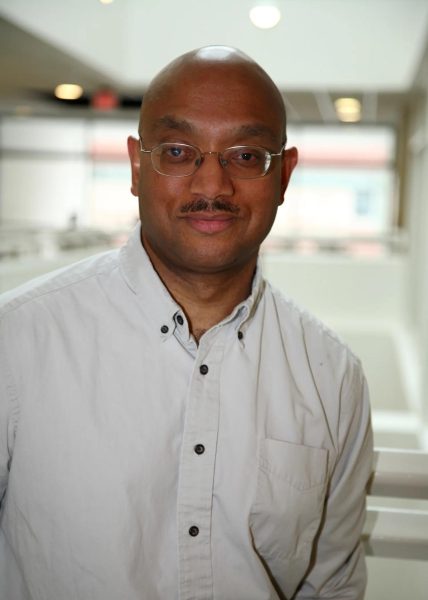Teaching During a Pandemic
The COVID-19 pandemic has negatively impacted everyone this past year, especially teachers. In response, L-S teachers have been working hard behind-the-scenes to make this year go as smoothly as possible.
Some teachers have adapted to virtual learning by implementing a flipped classroom model. A flipped classroom is where students get assigned video lessons for homework and then class time is used to do independent work. Jennifer Dubois teaches Algebra II, Trigonometry/Pre-Calculus, and AP Calculus BC all through a flipped classroom setup this year. She believes that it is going well: “I like having my teaching videos available to students at any time: they can watch or rewatch them on their own schedules.” Dubois uses in-class time to go over problems and answer questions about the material.
Daniel Conti, English teacher and department head, is teaching everything at a slower speed than normal years. “To compensate for that, I’m doing a much deeper dive on what I’m doing,” he says. Although Conti cannot fit everything he had planned to teach in a normal semester, he can help the students understand the material better by spending more time on each topic.
The Wellness department also looks very different this year. Normally, students would be participating in physical, team-building, and emotional activities 2-3 times a week. This year, hybrid students only meet once a week in person and the activities have had to be altered to meet social distancing guidelines. All of the teachers have had to adapt to teaching wellness classes online. “I feel like a brand new teacher online,” explains Susan Shields, the head of the wellness department. Shields has incorporated new learning tools like Peardeck and Edpuzzles into her online classes, which she hadn’t used in past years. When kids are in school, the wellness department wants to put an emphasis on physical activity, because it is something students cannot get at home while sitting in front of a screen all day. “When we’re in person they just need to play and have fun,” Shields says. The wellness department put a priority on student well being this year.
Students can’t connect with other students and teachers this year like they have before. Teachers are really missing the emotional connection they had with students in past years. Conti explains how the hardest part of this year is the lack of personal connections. “That’s been the hardest piece, not being able to build personal relationships that I usually can build when I see them four times a week,” Conti says.
Overall, this year has exceeded the low expectations of many teachers. Most were expecting to be fully remote by now and that COVID-19 rates would be much higher. “I’ve been pleasantly surprised at how smoothly things have gone overall,” Dubois says.







